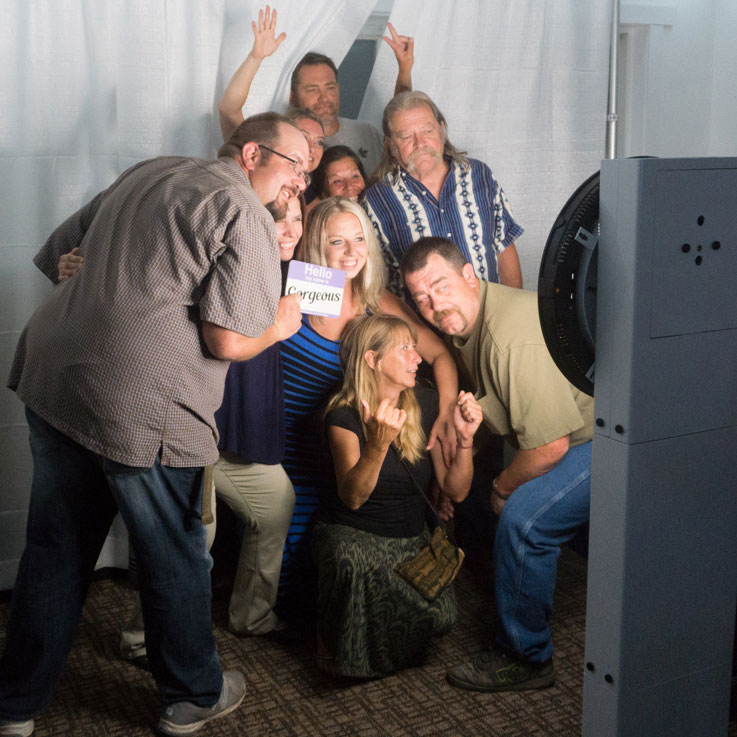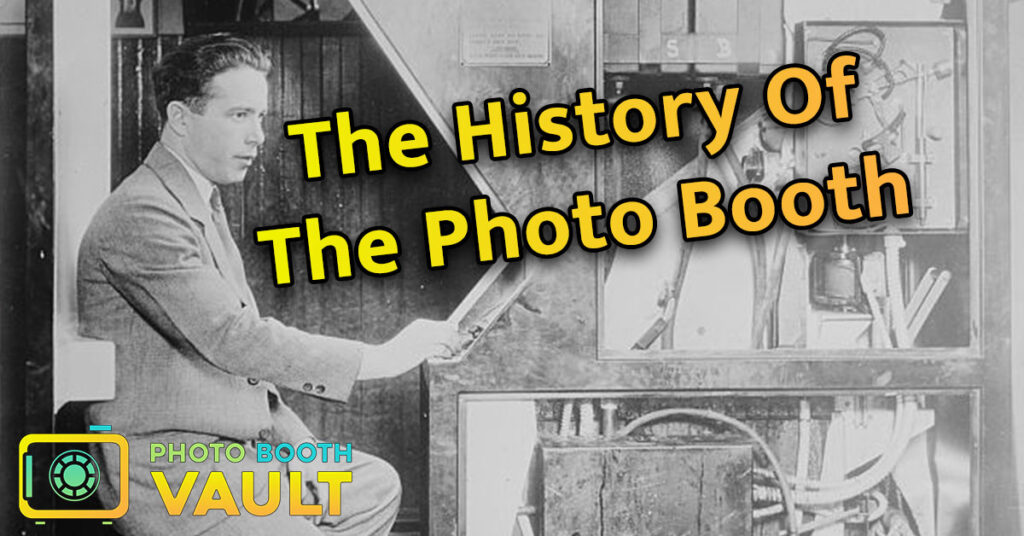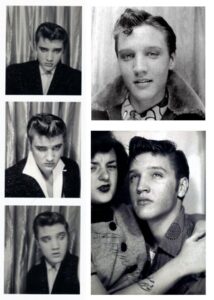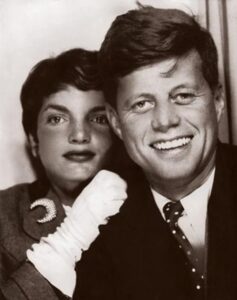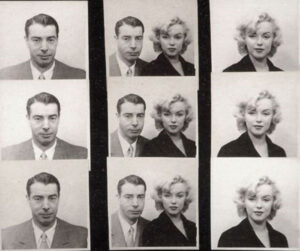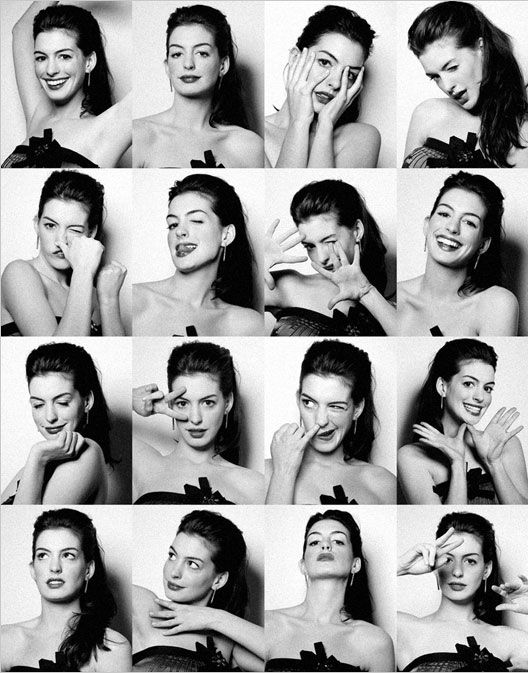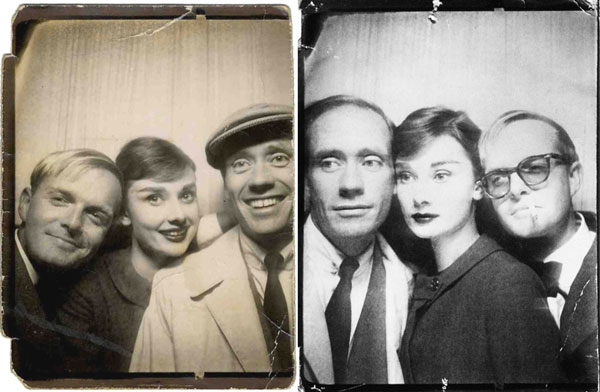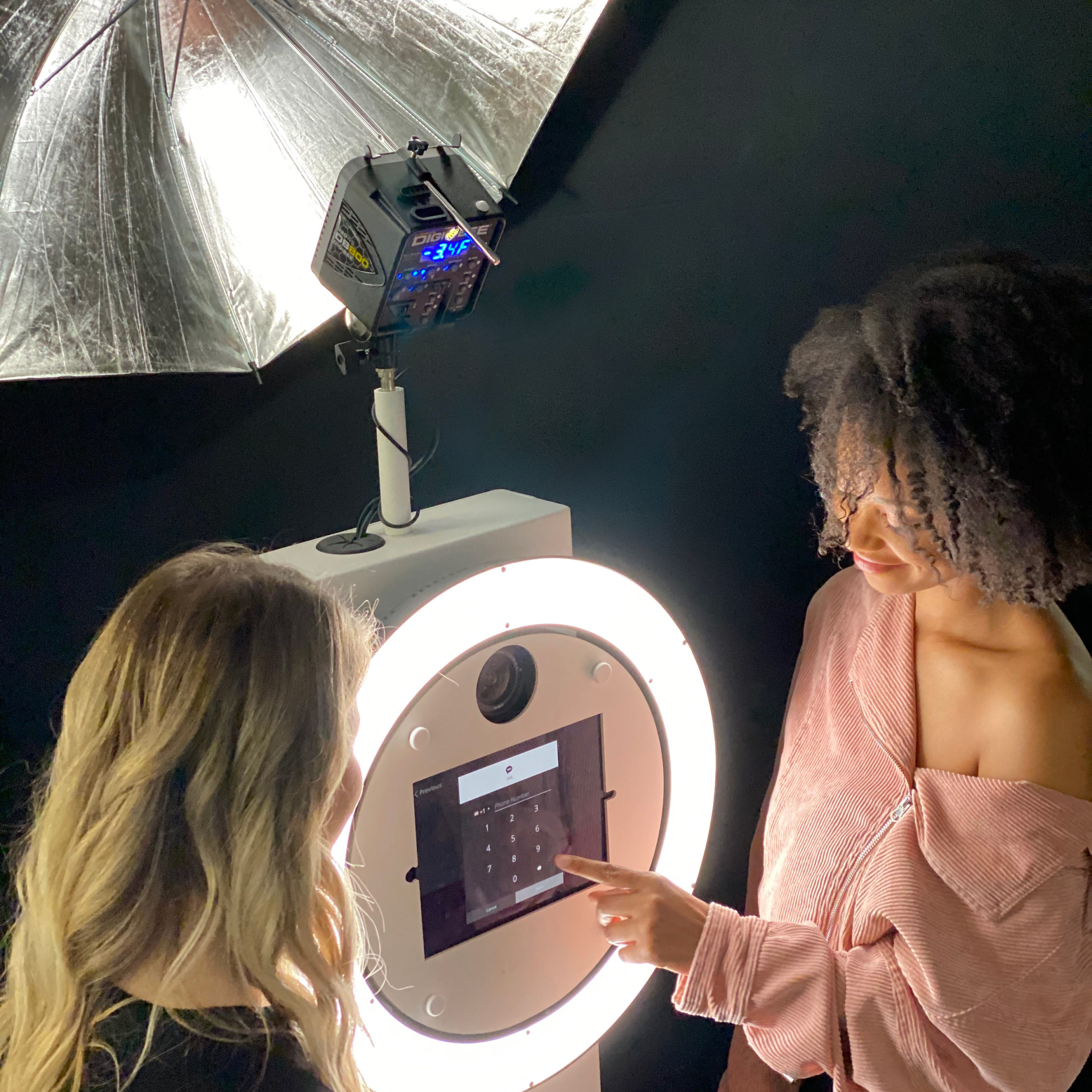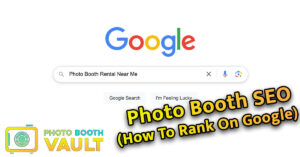The photobooth has a long history as a profitable device. Its first successful owners and operators made themselves rich by being at the forefront of photographic technology. I’ve put together a simple to read history of the photobooth that may be interesting to the people who own and operate one today.

1826 - Photography is Invented
Photography was invented in 1826, and it took until 1889 for the first automated system for taking photos to appear.
The “automatic” process required an entire room and a staff of almost 20 at the Paris World’s Fair that year.
The systems continued to be refined over the decades, with the first breakthrough coming 36 years later.
1925 - The Photomaton
It would take until 1925 for Anatol Josephewitz to patent a machine that took automatic photographs.
His machine was the first to resemble the old enclosed photobooths that we think of today.
Built in the heart of New York City, this “Photomaton” cost 25 cents ($3.50 in today’s money) to take eight pictures.
These pictures were then printed onto strips, in a process that took just over eight minutes.
Anatol Josephewitz opened a studio in Times Square where people could come and take pictures in the Photomaton, and he was taking over 7,000 photos a day.
Lines stretched out the door, and he was open until 4 AM.
His invention of an automatic picture booth allowed him to make $1,000,000, which would be equivalent to 14 million today, when he sold the rights to Henry Morgenthau Sr.
The new owners of the Photomaton rights took the design to a factory in Queens and started mass productions.
Eventually, investors took the idea around the world, and it is this design that informed photobooths for almost 90 years.

A Photo Booth Revolution
After the Photomaton, came many competitors and innovations.
Features were added, such as printing the year, or the name of the location where the photobooth was located.
Novelties like having your picture taken while sitting on a scale so you could have a record of your weight, and accessories like different sized prints or frames could be sold with the photo.
Many knock-offs were created, such as the Phototeria which used photodiscs instead of strips.
Other companies popped up with names like Auto-Photo-Dome, The Quartermatic, the Photoweigh Machine, the Movie Of You, the Tru-Photo Machine, American Photure Co., the Automatic Film Machine Corporation and the Photola Photosnap.
But the original Photomaton was eventaully bought by William Rabkin.
Rabkin’s Mutoscope Photomatic eventually became the Deluxe Photomat with 4 images on strips, reducing the number of images down from eight, which is why we still have four images on 2×6 strips today!
His company was eventually outdone by one called Auto-Photo, which stopped trying to sell the booths and started renting them to department stores and malls.
In the 50’s, everybody took photos in a photobooth.
Check out the images above to see JFK and Jackie Kennedy on their honeymoon, Elvis as a young (and thin!) man, and Audrey Hepburn with her co-stars from the movie that made her a household name.
It was the Polaroid itself that slowed the photobooth industry in the 70’s, as the ability to take larger pictures, of varying backgrounds, and have them printed instantly, was revolutionary.
These prints meant that the photobooth was, for a time, on the decline. Users began to think of them as passport photo taking tools, but that would change quickly.
Digital technology brought a revolution to photobooths, as computers allowed the Japanese company SEGA, the creators of Sonic the Hedgehog, to popularize sticker booths known as purikura.
These selfie booths proved incredibly popular with younger customers, and brought a revival to photobooth rentals for parties.
The photobooth began to advance in technology rapidly enough to be portable, with large enclosures popping up at weddings through the early 2000’s.
These huge boxes were usually transported on a trailer, and setup required a team of four or five.
Using computers paired with DSLR (Digital Single Lens Reflex) camears, they were able to take digital photos and print them quickly on site.
Technology continued to improve, and innovation by photo booth rental companies created a revitalization in the photo booth industry.
Photo Booth Rental Businesses
With the significant growth seen in the private events, weddings, and social events industries, it’s no wonder that photo booths became a popular must-have vendor item.
The ability to personalize the photo frame template with the clients name & date, is very easy and simple to do.
And having so many options for backdrops, with many choices of props, the photo booth experience has evolved a long way from the large vintage “booths” that processed 4 simple photos on a paper strip.
The innovations in photo booth software means that things that were impossible outside of Hollywood just a decade ago, are now possible to create for under $2000 at a wedding.
Many entrepreneurs look to the photo booth industry as a great business opportunity.
Whether starting a event rental company that specializes in providing just photobooths, or similar businesses such as mobile DJs or photographers adding photo booth rentals as add-ons to their existing services.
If you want to learn more about starting your own photo booth business, here is a great resource to get you started.
